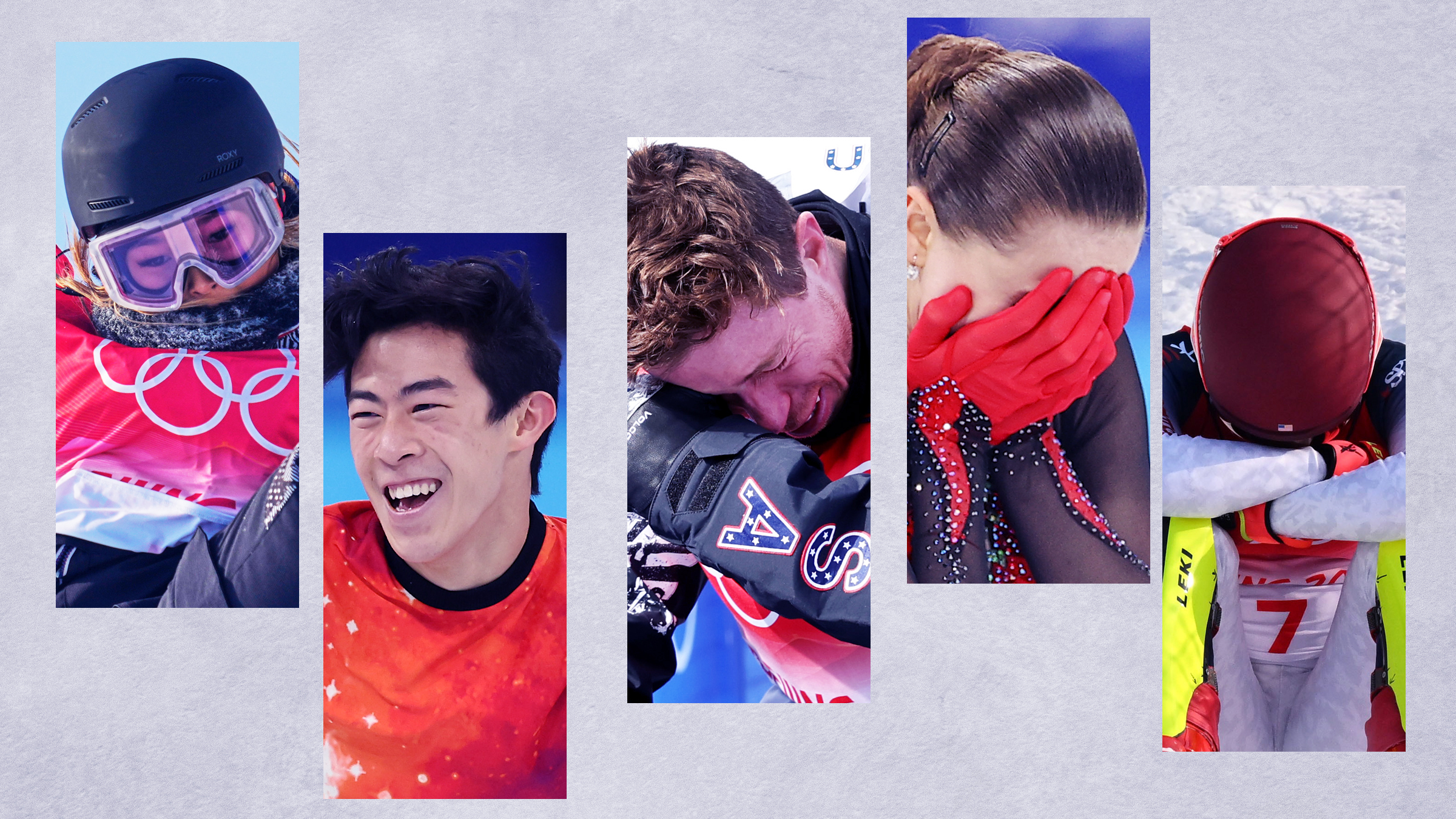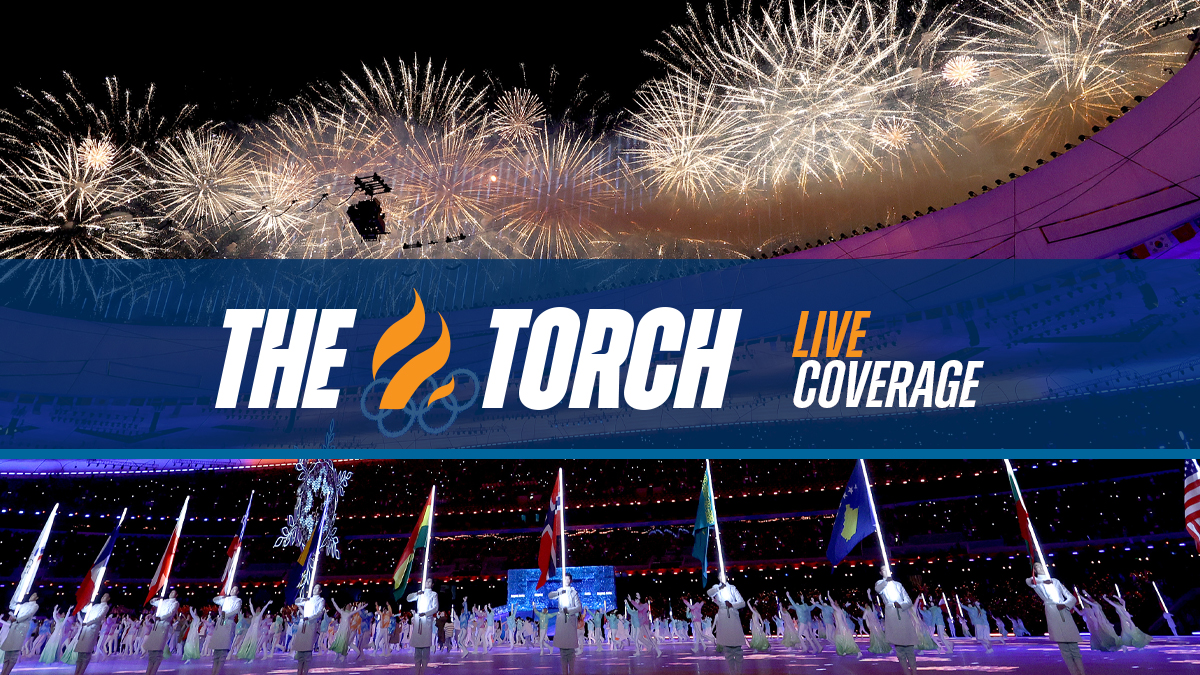While 33 sports were featured at the 2020 Tokyo Summer Olympics, the 2022 Beijing Winter Games does not have nearly as much variety. Between ice sports, downhill sports and Nordic events, there are 15 sport disciplines – and one of them is two others sandwiched together.
Nordic combined is one of the original Winter Olympic sports, debuting at the inaugural 1924 Chamonix Games and featured at every Winter Games since. And as the name suggests, Nordic combined merges two separate sports as part of a single competition.
The premise of Nordic combined is simple enough, but what rules make the sport unique?
Here is a look at the basics of Nordic combined, the sport’s rules and a preview for the 2022 Beijing Olympics:
Get top local stories in Connecticut delivered to you every morning. Sign up for NBC Connecticut's News Headlines newsletter.
What is Nordic combined?
Nordic combined consists of a ski jumping competition and a cross-country skiing race.
There are three Nordic combined events at the Olympics: individual normal hill, individual large hill and the team event. Nordic combined is the one Olympic sport (winter or summer) where only men compete.
Beijing 2022 Winter Olympics
Watch all the action from the Beijing Olympics live on NBC
What are the rules of Nordic combined?
Each Nordic combined event is contested over a single day, with ski jumping taking place first, followed by the cross-country skiing race.
Individual Normal Hill: Each competitor gets one scored jump on the normal hill (K98) followed by a 10km cross-country ski competition. Because the two events are evaluated on different scales — points versus time — ski jumping scores are converted to time using the Gundersen conversion method, in which one point equates to four seconds. The 10km is a pursuit race, so the top finisher from the ski jumping competition begins the cross-country round first. The remaining athletes begin in order of their results from the ski jumping competition. The first competitor to cross the finish line wins the event.
Individual Large Hill: Competitors are also scored based on one jump on the large hill (K125) for the ski jumping portion. The rest of the competition follows the same format as the individual normal hill: ski jumping scores are converted to times that determine the starting order for a 10km cross-country race. The winner of the race gets the gold medal for the event.
Team Event: Teams are made up of four jumpers, with each team member taking one jump from the large hill (K125) and the combined score is used to determine the starting order for the ensuing 4x5km cross-country relay race on a 20km course. For the team event, each point from ski jumping equates to 1.33 seconds for the relay. The winner of the relay wins the event.
What is the K Point in ski jumping?
The "K" point is where the steepest part of the hill ends and slope starts to flatten out. The K point on the Olympic normal hill is 98 meters (K98), which is measured from the end of the take off to where the hill begins to flatten out. On the large hill, it's 125 meters (K125).
How is ski jumping scored for Nordic combined?
An overall ski jumping score factors in distance points and style points, along with gate and wind compensation points.
The distance points are scored on a 60-point scale. A jump to the hill's respective K point equals 60 points. Each meter over or under the K Point comes with an increase or decrease in points: 2.0 for the normal hill and 1.8 for the large hill.
Five judges determine style on a scale of zero to 20. The lowest and highest individual judges' scores are eliminated, leaving a possible 60 points for a given jump. The judges are looking for the jumper to hit a number of requirements in the flight, landing and outrun. Points are deducted for not making an aggressive launch at takeoff, failing to maintain a stable body position and not stretching legs fully. Stable flight position, raised head/upper body and skis parallel to the ground are among the areas of focus for the landing. Stable body position, raised upper body and telemark position are crucial when it comes to the landing.
Wind points are added or subtracted based on the strength and direction of the wind. Athletes are awarded more points when they jump through negative tangential winds, usually tailwind from behind, that could push them to the ground faster. Conversely, athletes are deducted points if their jumps are made with positive tangential winds, like headwinds, that would would give them longer lift. The wind average is multiplied by a venue-specific wind factor that is determined the day of the event based on hill size, the average wind and the wind’s effect of jumping distance for that given day.
Gate points are added or subtracted based on the athlete’s starting position. The technical jury sets a starting gate at the beginning of the competition. If an athlete begins at a higher gate for their jump, gate points are subtracted. If an athlete begins at a lower gate, gate points are added. Starting gate points are typically separated by 60cm to 70cm.
What are the rules for cross-country skiing in Nordic combined?
The staggered start is standard across all three Nordic combined events.
When it comes to the actual race, the rules do not specify whether an athlete must use classical or freestyle, though all competitors use freestyle since that method is considerably faster.
Poles can be changed during competition, as can skis if a binding is broken or damaged. However, equipment failure must be proven to the race jury after a competition. Cleaning, waxing or scraping skis during the competition is prohibited.
For the finish, the light or photo barrier is placed 10 inches above the ground at the finish line. If the race is too close to call at first sight, skiers will be ranked based on whose front foot crossed the finish line first.
Which country is best at Nordic combined?
Norway is by far the best country at Nordic combined.
The nation has 31 career Winter Olympic medals in the sport: 13 golds, 10 silvers and eight bronzes. The 31 medals are more than twice as many as the second-leading country. Austria is No. 2 in total Nordic combined medals with 15. Next are Germany and Finland with 14 apiece.
Germany won five of the nine Nordic combined medals dished out at the 2018 PyeongChang Olympics. Austria took home two, while Norway and Japan each earned one.
How many Olympic medals has Team USA won in Nordic combined?
Team USA has won four Nordic combined medals at the Winter Games, and all of them came at the 2010 Vancouver Olympics.
Johnny Spillane earned the U.S. its first ever Olympic medal in the sport when he scored silver in the individual normal hill. Team USA won silver in the next Nordic combined event, the team normal hill. Two Americans stood atop the podium in the final Nordic combined event of those Olympics, the individual large hill. Spillane took home silver and teammate Bill Demong took home gold.
Who are the favorites for Nordic combined at the 2022 Beijing Olympics?
Jarl Magnus Riiber of Norway finished fourth in both individual normal hill and individual large hill in 2018 PyeongChang, but he has been a top contender since winning two normal hill world championships in 2019 and 2021.
Austrian Johannes Lamparter, 20, enters Beijing as the reigning world champion in individual large hill. He became the youngest world champion in the event in 32 years.
Germany’s Eric Frenzel can tie Austrian Felix Gottwald as the most decorated Olympian in Nordic combined if he earns any medals in Beijing. Frenzel collected six medals, including three golds, during his first three Olympic appearances from 2010 to 2018.
As for the team competition, Germany has the longest medal streak of any country, medaling in the event at each Winter Olympics since 2002.
Where will Nordic combined take place at the 2022 Beijing Olympics?
Nordic combined events for the 2022 Beijing Olympics will take place at the National Ski Jumping Center and National Cross-Country Center. Both venues are in the Zhangjiakou zone.




